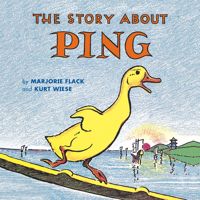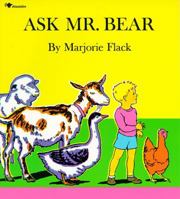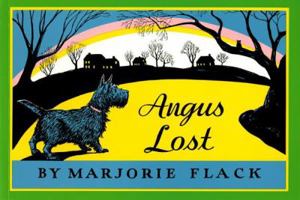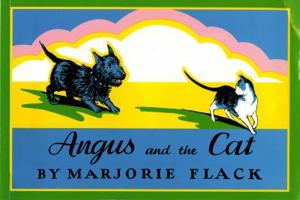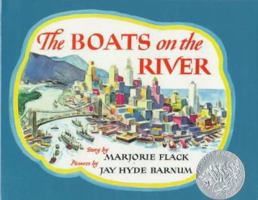Wag-tail Bess,
Select Format
Select Condition 
Book Overview
No Synopsis Available.
Format:Hardcover
Language:English
ISBN:B00085S6XU
Release Date:January 1933
Publisher:Doubleday, Doran & Company, inc
Weight:0.65 lbs.
More by Marjorie Flack
Customer Reviews
5 customer ratings | 5 reviews
There are currently no reviews. Be the first to review this work.












